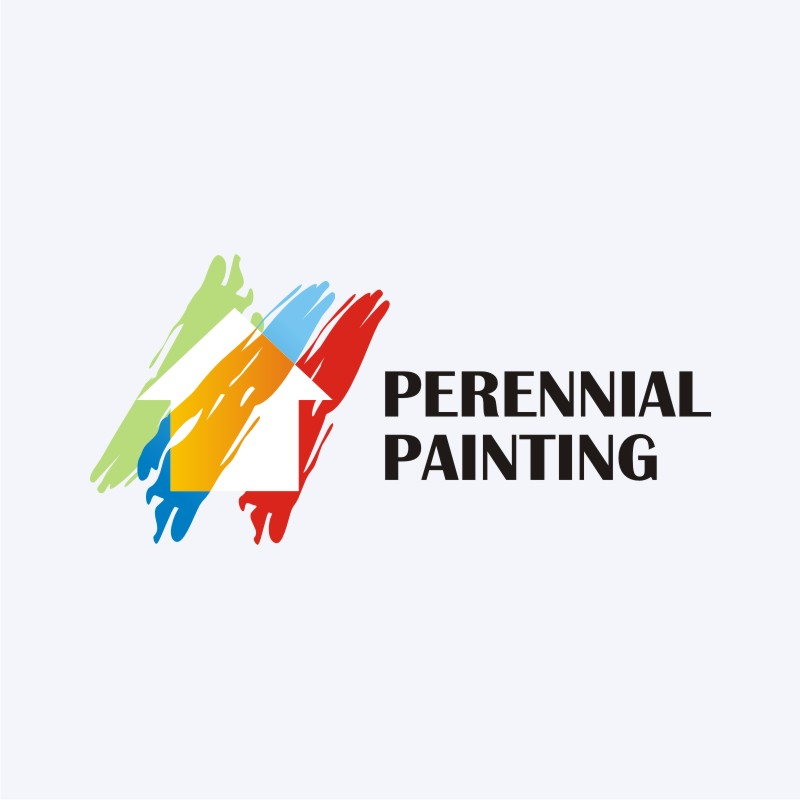Have You Ever Before Asked Yourself Why Your Paint Work Didn't Turn Out As Intended? Learn About The Prevalent Errors That Might Be Thwarting Your Project
Have You Ever Before Asked Yourself Why Your Paint Work Didn't Turn Out As Intended? Learn About The Prevalent Errors That Might Be Thwarting Your Project
Blog Article
Authored By-Jamison Jennings
When you're planning to paint your wall surfaces, it's simple to neglect some key details that can make or damage your task. You might think choosing any type of paint will do, or that surface area preparation isn't required, yet these decisions can result in frustrating results. You'll wish to stay clear of typical challenges like overwhelming your brush or rushing the drying out time between coats. Comprehending these errors can save you effort and time, yet there's even more to think about if you desire a perfect coating that lasts. Let's discover what you might be missing out on.
Picking the Incorrect Paint
Picking the best paint is critical for attaining a smooth, specialist finish on your wall surfaces. If you choose the wrong type, you'll rapidly find yourself facing concerns like peeling, fading, or irregular shade.
Start by considering the paint's base. Water-based paints are terrific for simple cleaning and quick drying, while oil-based choices are perfect for durability in high-traffic areas.
Next off, consider the coating. Matte surfaces hide flaws well however can be hard to clean. Satin or eggshell coatings use a balance in between aesthetic appeals and washability, making them ideal for most rooms.
For locations susceptible to wetness, like kitchens and bathrooms, choose a semi-gloss or gloss paint, which withstands mold and mildew.
Do not fail to remember to check the color. Test samples on your walls to see how they look in different lighting throughout the day. Lighting can substantially change how a color appears, so this action is vital.
Skipping Surface Area Preparation
Among the greatest mistakes house owners make is missing surface area preparation before paint. hop over to this website may believe you can simply get a brush and start, yet that'll bring about a less-than-stellar finish. Proper preparation is crucial for a smooth and long-term outcome.
Initially, assess your walls for any type of flaws like fractures, holes, or peeling paint. Loading those spaces with spackle or caulk makes certain a consistent surface area.
Don't fail to remember to sand the location once it's completely dry, as this develops a much better surface area for the paint to abide by.
Next, tidy your walls to get rid of dirt, grease, and grime. A basic mix of soap and water can do marvels. If your wall surfaces are particularly dirty, consider making use of a degreaser.
Finally, applying interior painters in my area is usually neglected however can dramatically enhance the end result, specifically if you're painting over a darker shade or a surface that's been previously repainted.
A great primer enhances adhesion and assists cover any type of discolorations.
Improper Application Techniques
Applying paint with the incorrect strategies can lead to irregular insurance coverage and a frustrating surface. One common blunder is using the incorrect type of brush or roller. Ensure you pick a device that fits the paint type and the surface area texture. For smooth wall surfaces, a fine-nap roller works best, while textured surfaces might require a thicker nap.
One more issue is using way too much paint simultaneously. Instead, apply thin, also coats. https://www.tasteofhome.com/article/how-to-clean-walls-before-painting/ drips yet likewise ensures better adhesion. If you observe runs, do not panic-- just take a brush and smooth them out instantly.
Likewise, bear in mind to preserve a wet side. This means overlapping your strokes while the paint is still wet to avoid noticeable lines.
Lastly, stay clear of painting in direct sunlight or high moisture, as this can trigger the paint to dry too promptly, causing blistering.
Final thought
To sum it up, avoiding usual painting blunders can make a huge difference in your task's end result. Constantly choose the right paint for the work, never miss vital surface area preparation, and use appropriate application methods to guarantee a smooth finish. Take your time in between layers and do not overload your brushes or rollers. By complying with these ideas, you'll accomplish a professional-looking result that you can be pleased with in your house. Happy paint!
